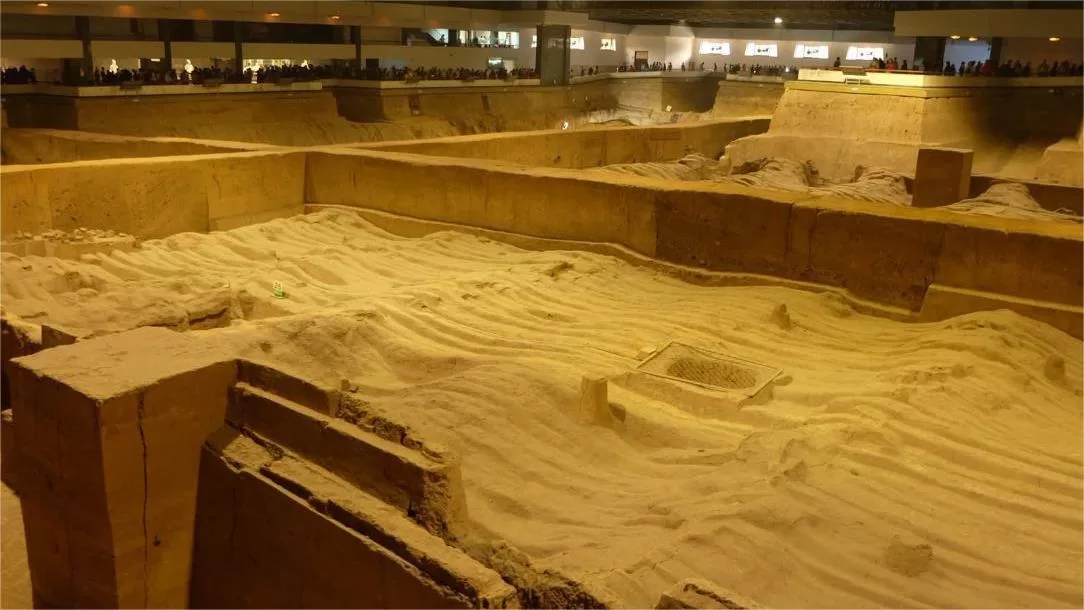The Mausoleum of the First Qin Emperor, located in Xi’an, China, is a remarkable example of ancient Chinese engineering and architecture. Built in the third century BCE, the mausoleum contains a wealth of materials and artifacts that provide insights into the artistic, technological, and cultural achievements of the Qin Dynasty. Here are some of the materials that were used in the construction of the mausoleum:
Earth and Rocks: The mausoleum mound, which is over 50 meters tall and covers an area of approximately 250,000 square meters, was built using earth and rocks taken from the surrounding area. It is estimated that over 700,000 workers were involved in its construction over a period of several decades.
Bronze: The emperor’s body was placed in a series of nested bronze coffins, which were placed in a large stone sarcophagus inside the main tomb chamber. The coffins were exquisitely decorated with intricate designs and symbols, and they are considered to be some of the finest examples of bronze work from the Qin Dynasty.
Terracotta: The mausoleum also contains thousands of life-sized terracotta soldiers, horses, and chariots, which were designed to protect the emperor in the afterlife. The terracotta figures were molded and fired in kilns, and they were painted and glazed to create a realistic representation of the soldiers.
Stone: The mausoleum complex includes a number of gates, walls, and buildings that were constructed using stone. The Dragon Pavilion, which marks the entrance to the mausoleum, is particularly noteworthy for its massive stone pillars and intricate carvings.
Jade: The mausoleum contained a number of precious objects, including jade ornaments and other luxury items. Jade was highly valued in ancient China for its beauty and durability, and it was often used to create decorative objects and jewelry.
Gold and Silver: The mausoleum also contained a variety of gold and silver vessels, which were used for ceremonial purposes. These objects were typically decorated with intricate designs and symbols, and they are considered to be some of the finest examples of ancient Chinese metalwork.
Other Facts about the Mausoleum


